Coming from abroad to live in Japan, there’s a lot to love–and there’s a lot to be frustrated about as well. One thing that nearly everyone loves about Japan though is the trains! With many of us coming from rural areas where you either drive or walk, being able to hop on a train pretty much any time anywhere can sometimes feel nearly miraculous. Tired? Distracted? Had too much to drink? Raining? None of that matters, because you’re on a train!
And we’re not the only ones who think so either. Today we’ve compiled a list of foreign residents’ favorite things about trains in Japan. Check them out and see if your favorites made the list!
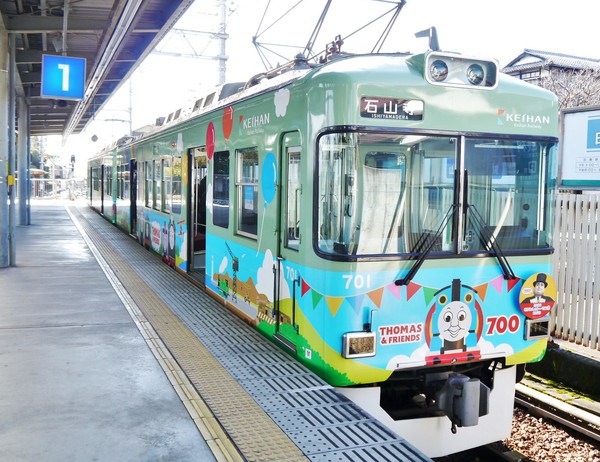
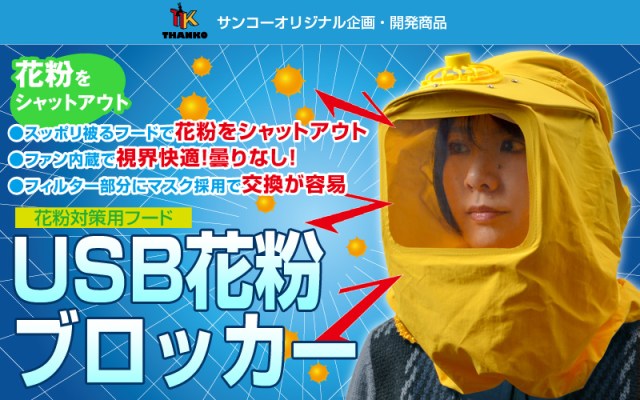
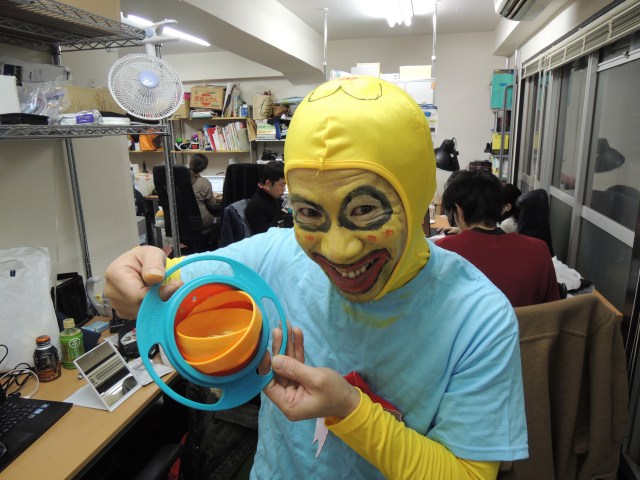
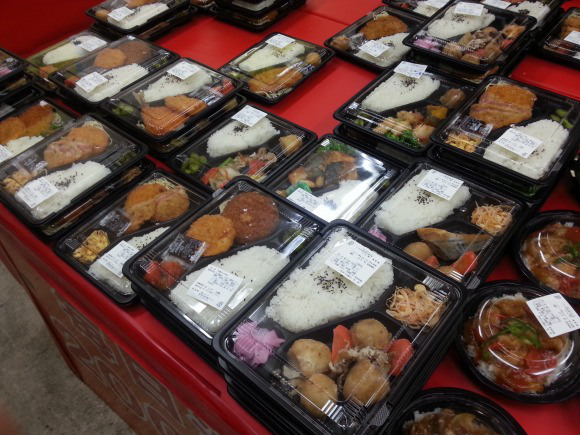
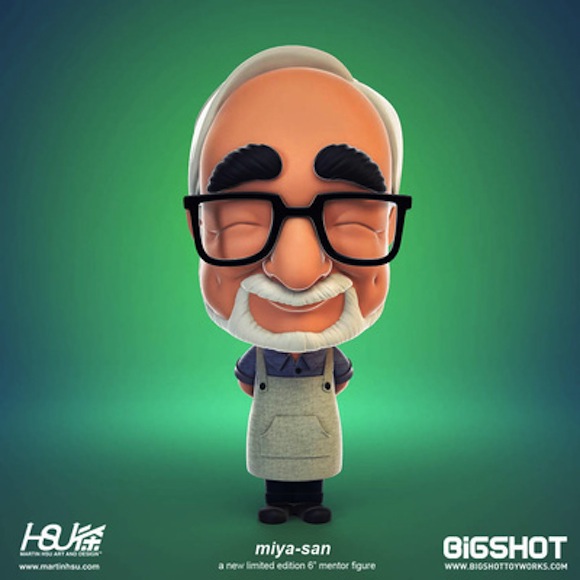
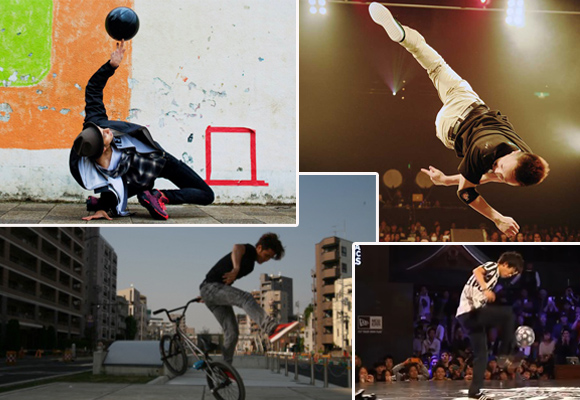
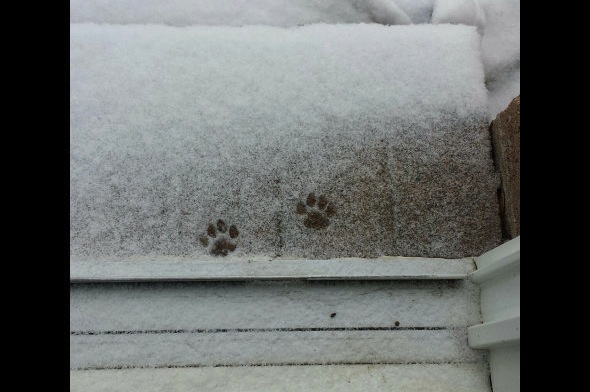
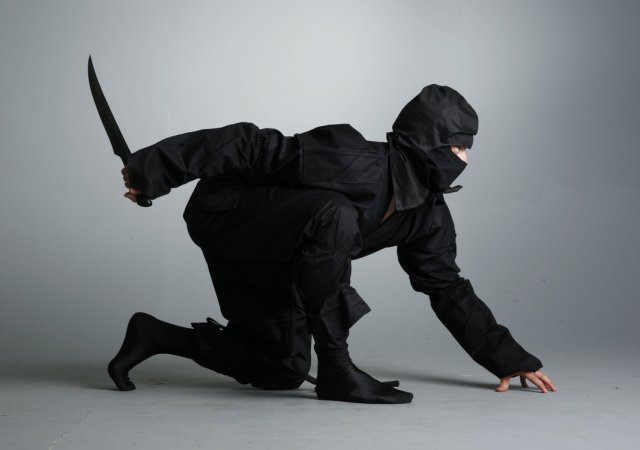
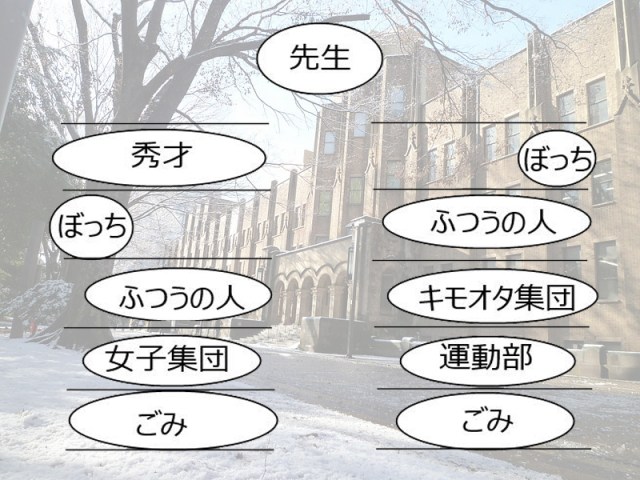
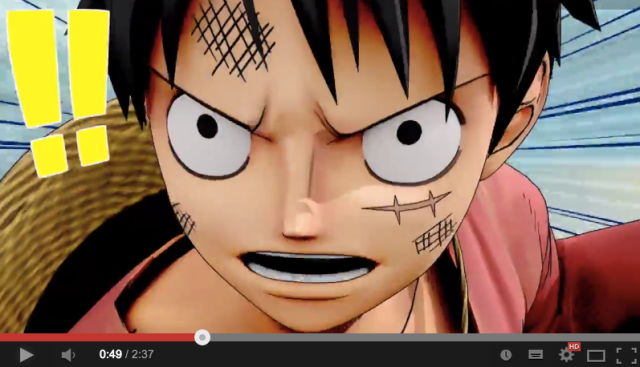
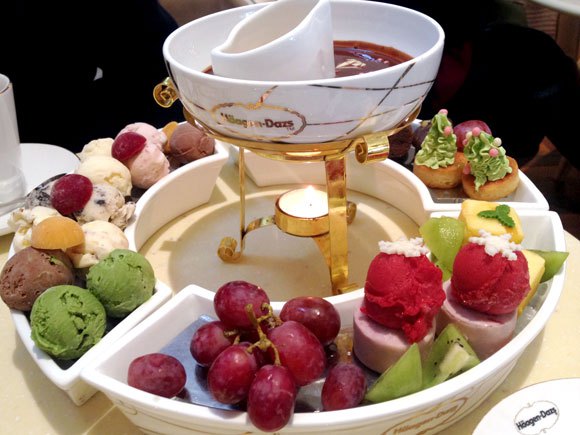
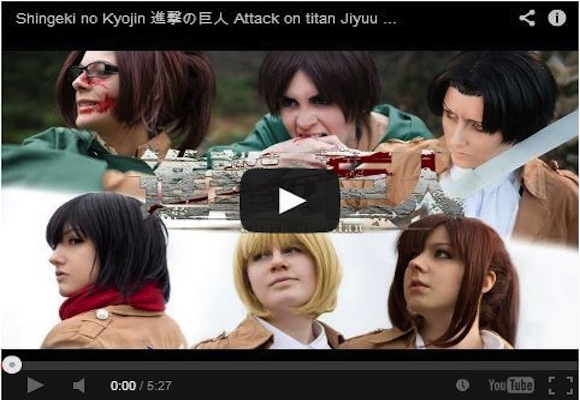
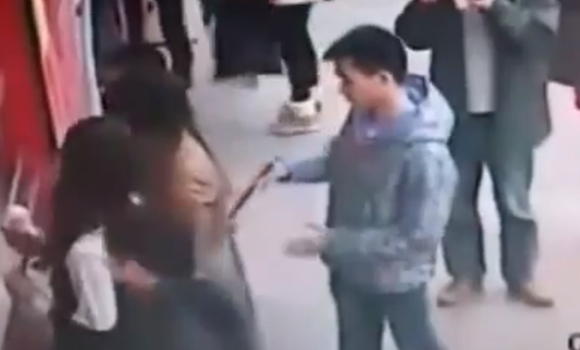
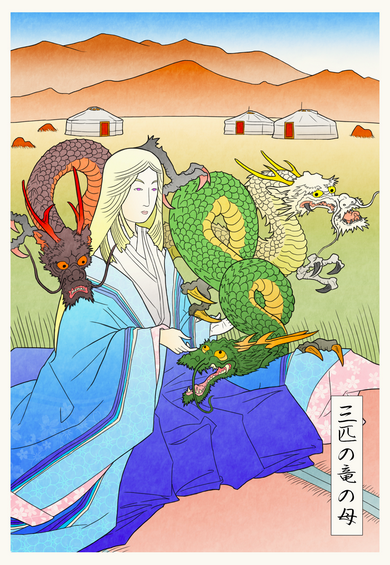

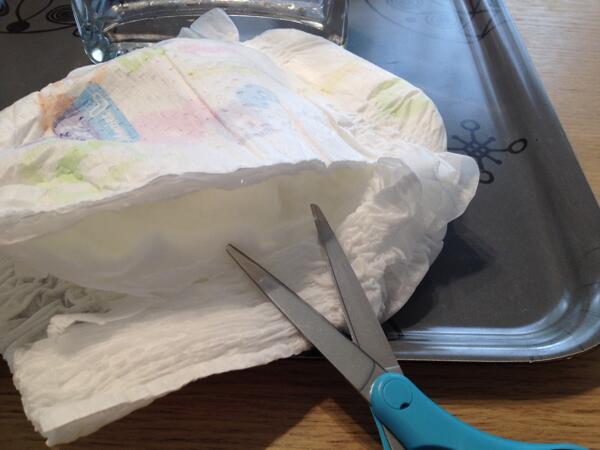

 7-Eleven Japan starts new temporary luggage storage service in over 300 branches
7-Eleven Japan starts new temporary luggage storage service in over 300 branches Return of Totoro sequel short anime announced for Ghibli Park
Return of Totoro sequel short anime announced for Ghibli Park Japanese avoiding domestic travel as foreign tourists increase, possibly creating vicious cycle
Japanese avoiding domestic travel as foreign tourists increase, possibly creating vicious cycle Top 30 tourist sites in Japan: the most popular sightseeing spots for overseas visitors
Top 30 tourist sites in Japan: the most popular sightseeing spots for overseas visitors 7 hilarious/inexplicable Japan moments in South Park
7 hilarious/inexplicable Japan moments in South Park Japanese gravure idol strips down, plays drums to anime hits【Videos】
Japanese gravure idol strips down, plays drums to anime hits【Videos】 Starbucks teams up with 166-year-old Kyoto doll maker for Year of the Horse decorations【Photos】
Starbucks teams up with 166-year-old Kyoto doll maker for Year of the Horse decorations【Photos】 Record number of foreign children in Japan need help understanding Japanese in school
Record number of foreign children in Japan need help understanding Japanese in school Have you ever noticed how much Totoro looks like New Year’s mochi? This plushie’s designers did, and the result is adorable!
Have you ever noticed how much Totoro looks like New Year’s mochi? This plushie’s designers did, and the result is adorable! How to speak Japanese like a gyaru【2024 edition】
How to speak Japanese like a gyaru【2024 edition】 Tokyo’s Tsukiji sushi neighborhood asks tour groups to stay away for the rest of the month
Tokyo’s Tsukiji sushi neighborhood asks tour groups to stay away for the rest of the month Street Fighter Hadouken Churros to be launched and eaten in Tokyo, Okami pudding on offer too
Street Fighter Hadouken Churros to be launched and eaten in Tokyo, Okami pudding on offer too More Shinkansen trains being added to Japan’s “golden route” to meet traveler demand
More Shinkansen trains being added to Japan’s “golden route” to meet traveler demand Japanese woman mistaken for bear
Japanese woman mistaken for bear Starbucks Japan quietly slips fans another Christmas present with Joyful Medley Strawberry Milk Tea
Starbucks Japan quietly slips fans another Christmas present with Joyful Medley Strawberry Milk Tea Japanese man who didn’t know how banks work defrauded out of 21 million yen
Japanese man who didn’t know how banks work defrauded out of 21 million yen Gundam and Reebok team up for new GQuuuuuuX Pumps【Photos】
Gundam and Reebok team up for new GQuuuuuuX Pumps【Photos】 Japan’s human washing machines will go on sale to general public, demos to be held in Tokyo
Japan’s human washing machines will go on sale to general public, demos to be held in Tokyo Starbucks Japan unveils new Christmas goods and a rhinestone tumbler that costs 19,500 yen
Starbucks Japan unveils new Christmas goods and a rhinestone tumbler that costs 19,500 yen Real-world Nausicaa Ghibli anime glider completes its final flight in Japan【Video】
Real-world Nausicaa Ghibli anime glider completes its final flight in Japan【Video】 Japanese train company is letting fans buy its actual ticket gates for their homes
Japanese train company is letting fans buy its actual ticket gates for their homes Is China’s don’t-go-to-Japan warning affecting tourist crowds in Tokyo’s Asakusa neighborhood?
Is China’s don’t-go-to-Japan warning affecting tourist crowds in Tokyo’s Asakusa neighborhood? The 10 best day trips from downtown Tokyo【Survey】
The 10 best day trips from downtown Tokyo【Survey】 Tokyo considering law requiring more trash cans following litter increase in heavily touristed area
Tokyo considering law requiring more trash cans following litter increase in heavily touristed area Nintendo’s Kirby now delivering orders at Kura Sushi restaurants, but not in Japan
Nintendo’s Kirby now delivering orders at Kura Sushi restaurants, but not in Japan Tokyo event lets you travel back in time, for free, to celebrate 100 years since Showa era start
Tokyo event lets you travel back in time, for free, to celebrate 100 years since Showa era start A guide to visiting Sagamiko Illumination, one of the three biggest light-ups in Kanto
A guide to visiting Sagamiko Illumination, one of the three biggest light-ups in Kanto Survey asks foreign tourists what bothered them in Japan, more than half gave same answer
Survey asks foreign tourists what bothered them in Japan, more than half gave same answer Japan’s deadliest food claims more victims, but why do people keep eating it for New Year’s?
Japan’s deadliest food claims more victims, but why do people keep eating it for New Year’s? We deeply regret going into this tunnel on our walk in the mountains of Japan
We deeply regret going into this tunnel on our walk in the mountains of Japan Studio Ghibli releases Kodama forest spirits from Princess Mononoke to light up your home
Studio Ghibli releases Kodama forest spirits from Princess Mononoke to light up your home Major Japanese hotel chain says reservations via overseas booking sites may not be valid
Major Japanese hotel chain says reservations via overseas booking sites may not be valid Put sesame oil in your coffee? Japanese maker says it’s the best way to start your day【Taste test】
Put sesame oil in your coffee? Japanese maker says it’s the best way to start your day【Taste test】 The top 10 annoying foreign tourist behaviors on trains, as chosen by Japanese people【Survey】
The top 10 annoying foreign tourist behaviors on trains, as chosen by Japanese people【Survey】 No more using real katana for tourism activities, Japan’s National Police Agency says
No more using real katana for tourism activities, Japan’s National Police Agency says Starbucks Japan reveals new sakura drinkware collection, inspired by evening cherry blossoms
Starbucks Japan reveals new sakura drinkware collection, inspired by evening cherry blossoms Japanese gravure idol strips down, plays drums to anime hits【Videos】
Japanese gravure idol strips down, plays drums to anime hits【Videos】 Starbucks teams up with 166-year-old Kyoto doll maker for Year of the Horse decorations【Photos】
Starbucks teams up with 166-year-old Kyoto doll maker for Year of the Horse decorations【Photos】 Record number of foreign children in Japan need help understanding Japanese in school
Record number of foreign children in Japan need help understanding Japanese in school Have you ever noticed how much Totoro looks like New Year’s mochi? This plushie’s designers did, and the result is adorable!
Have you ever noticed how much Totoro looks like New Year’s mochi? This plushie’s designers did, and the result is adorable! How to speak Japanese like a gyaru【2024 edition】
How to speak Japanese like a gyaru【2024 edition】 Japan’s cooling body wipe sheets want to help you beat the heat, but which work and which don’t?
Japan’s cooling body wipe sheets want to help you beat the heat, but which work and which don’t? Pokémon appear at Pronto cafes in Japan for a limited time, but there’s one thing missing from the menu
Pokémon appear at Pronto cafes in Japan for a limited time, but there’s one thing missing from the menu TikTok releases its Year in Music 2025 – Japan’s Top 10 Songs ranking
TikTok releases its Year in Music 2025 – Japan’s Top 10 Songs ranking Street Fighter Hadouken Churros to be launched and eaten in Tokyo, Okami pudding on offer too
Street Fighter Hadouken Churros to be launched and eaten in Tokyo, Okami pudding on offer too Japanese convenience store Family Mart adding crane games to thousands of branches
Japanese convenience store Family Mart adding crane games to thousands of branches Itadakimasu! A brief history of the evolution of Japanese school lunches
Itadakimasu! A brief history of the evolution of Japanese school lunches We try the tomato, milk and lemon drink that Japan dared to produce
We try the tomato, milk and lemon drink that Japan dared to produce